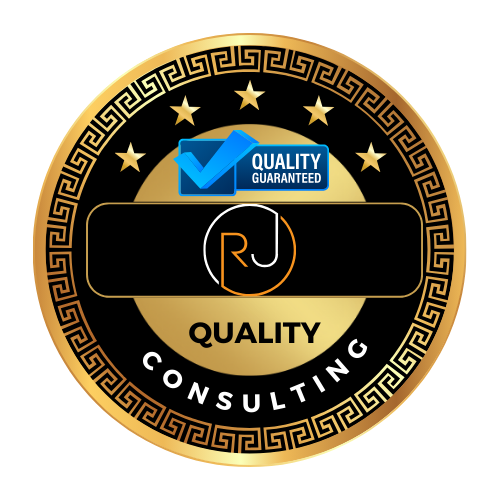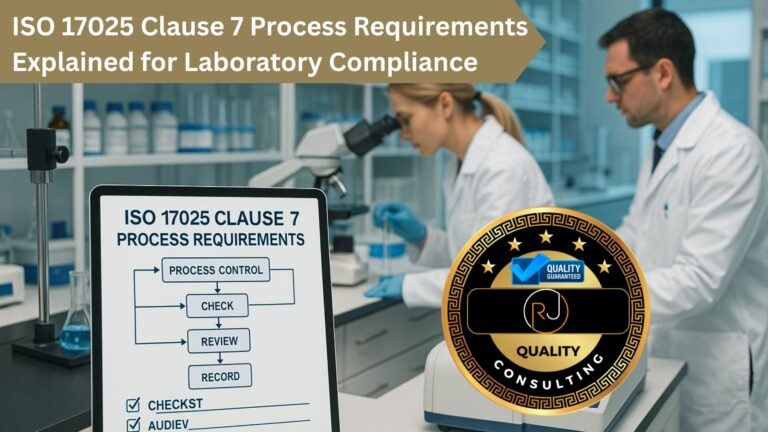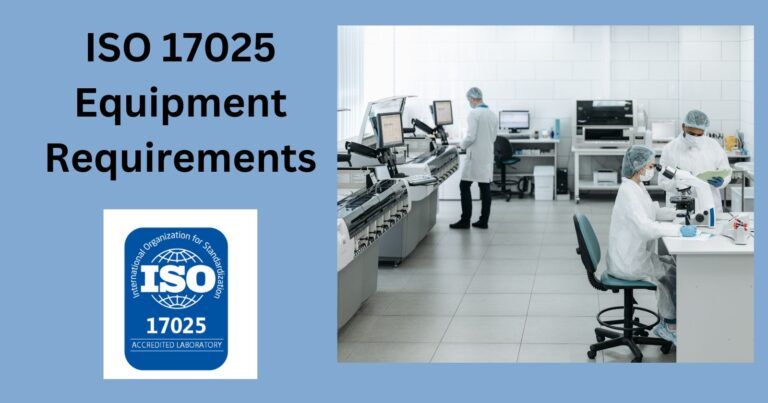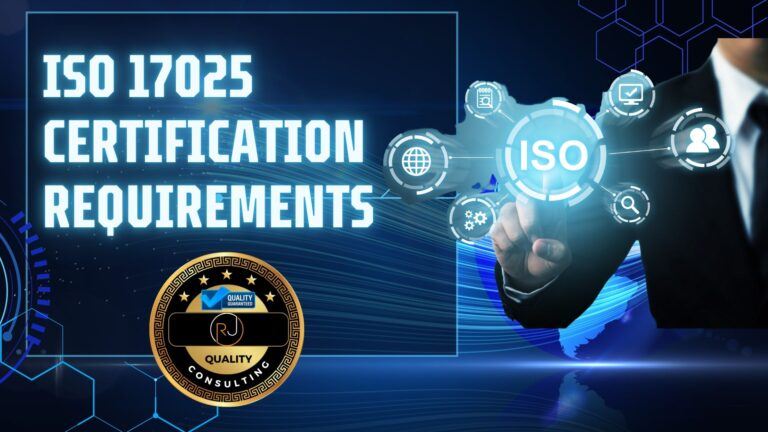ISO 17025 Proficiency Testing
Proficiency testing is a critical component of ISO/IEC 17025:2017 compliance and plays a vital role in demonstrating a laboratory’s technical competence. Whether you’re pursuing initial accreditation or maintaining ongoing conformity, understanding ISO 17025 proficiency testing requirements—especially those outlined in Clause 7.7—is essential. In this guide, we’ll break down what proficiency testing is, why it matters, how it differs from interlaboratory comparisons, and how your lab can implement it effectively to meet accreditation and quality goals.
So why is ISO/IEC 17025 accreditation such a significant milestone for laboratories? It represents more than just meeting a checklist—it’s a globally recognized mark of technical competence and commitment to quality. Laboratories that achieve this accreditation demonstrate to clients, regulators, and peers that their results are reliable, traceable, and produced within a robust quality management framework.
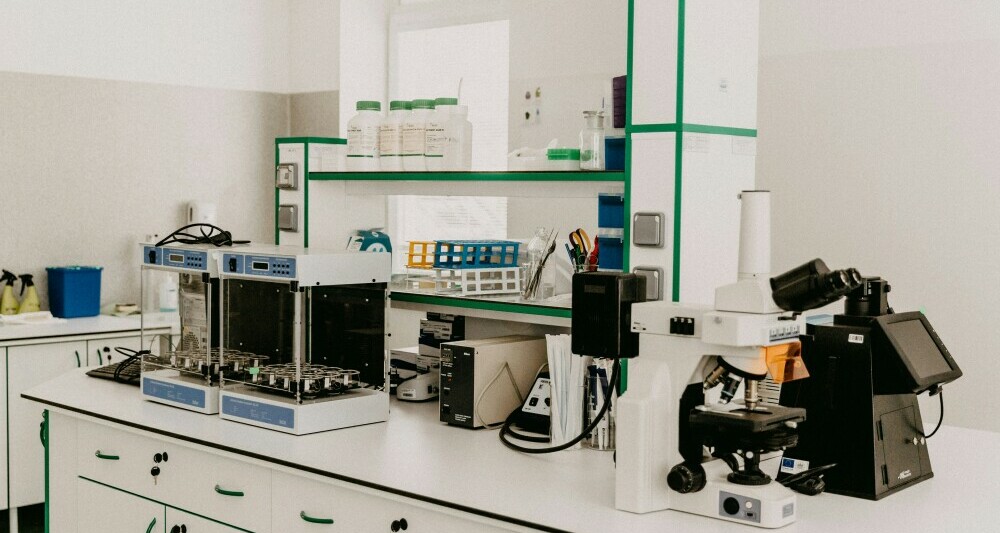
📘 ISO/IEC 17025 Quality Manual Template
Accelerate your lab’s accreditation process with our comprehensive Quality Manual Template, designed to align with ISO/IEC 17025:2017 standards.
- Fully editable and customizable to fit your laboratory’s needs.
- Includes all necessary procedures, forms, and policies.
- Structured to facilitate easy implementation and compliance.
- Developed by experts with extensive ISO/IEC 17025 experience.
A central component of maintaining this credibility is ISO 17025 proficiency testing. As outlined in Clause 7.7 of the standard, proficiency testing helps labs confirm that their testing or calibration processes are producing valid results. It’s not just a requirement for accreditation—it’s a proactive quality tool that helps labs benchmark their performance, uncover hidden issues, and continuously improve.
In the next section, we’ll explore exactly how proficiency testing supports ISO 17025 compliance, what it involves, and why it’s essential for both new and established laboratories striving for excellence.
ISO 17025 Proficiency Testing: What You Need to Know About ILAC P9 and ISO/IEC 17043
Proficiency testing (PT) is a fundamental requirement for laboratories seeking or maintaining ISO/IEC 17025 accreditation. But understanding exactly what’s expected—and why—requires looking beyond the standard itself and into the supporting policies and guidance.
Two critical documents shape how PT is implemented and assessed:
ILAC P9:2024 – Policy for Participation in Proficiency Testing Activities
The ILAC P9:2024 policy is issued by the International Laboratory Accreditation Cooperation (ILAC) and is enforced by all ILAC-recognized accreditation bodies. It requires labs to:
- Develop a documented PT participation plan
- Use a risk-based approach to determine frequency and scope
- Participate in PT or interlaboratory comparisons (ILCs) relevant to their accredited activities
- Maintain records and take corrective actions when needed
ISO/IEC 17043:2023 – Requirements for PT Providers
While ILAC P9 tells laboratories what to do, ISO/IEC 17043 defines how proficiency testing should be conducted by providers. It sets international requirements for:
- Designing and operating PT schemes
- Ensuring statistical validity, impartiality, and confidentiality
- Managing data evaluation and reporting
Together, ILAC P9 and ISO/IEC 17043 ensure that proficiency testing is both meaningful and reliable—supporting consistent, evidence-based accreditation decisions across the globe.
🎬 Watch the Video: ISO 17025 Proficiency Testing – ILAC P9 & ISO/IEC 17043 Explained
In the video below, I explain how these documents work together to support ISO 17025 compliance, provide a real-world example from PJLA, and walk you through what your PT plan should include.
👇 Click play to learn more and ensure your lab’s PT approach is audit-ready.
🕒 Book Your Free 45-Minute Consultation
Have questions about ISO/IEC 17025 or ISO 9001 implementation or accreditation? Schedule a free 45-minute consultation with me to discuss your Company or laboratory’s needs and how we can achieve compliance together.
Schedule Your ConsultationMastering Accuracy – ISO 17025 Proficiency Testing
In the world of laboratory testing, confidence in every result is non-negotiable. This assurance comes, in part, through proficiency testing, a method used to appraise a lab’s performance against pre-established criteria. It’s not just a box to check for compliance; proficiency testing is at the heart of operational integrity.
When labs participate in these tests, they are given the opportunity to demonstrate their ability to produce precise and accurate results. It’s an unbiased assessment that benchmarks their measurements against others, pushing quality to the forefront. Consistency here means that labs are doing their job right – and doing it well.
More than just keeping tabs on performance, proficiency testing acts as a mirror reflecting the lab’s analytical strengths and, sometimes, revealing areas in need of improvement. It prepares labs for the unpredictable, conditioning them to be ready for the myriad of samples and tests they will face in their daily operations.
Investing in proficiency testing also boosts customer trust. When labs can show that their results hold up against international standards, it sends a powerful message about their commitment to excellence. This trust is essential, especially when results have far-reaching implications for health, safety, and the environment.
The next section highlights how the ISO/IEC 17025:2017 standard, specifically Section 7.7 not only prescribes the ‘what’ and ‘when’ of proficiency testing but also sets the scene for ‘how’ these exercises should be conducted to maintain accreditation and guarantee the highest procedural standards. It also dictates the overall nature and application of quality control monitoring activities that is so vital for a laboratory to embrace.
ISO 17025 Clause 7.7 Explained: Proficiency Testing Requirements for Laboratories

You’ve acknowledged the importance of proficiency testing from our previous discussion. In this section, you’ll find ISO 17025 Clause 7.7 explained—a critical part of the standard that outlines how laboratories must validate the reliability of their results through proficiency testing or interlaboratory comparisons.
First, it’s mandated that laboratories partake in proficiency testing or interlaboratory comparisons. Why? To objectively demonstrate that their results are precise and reliable. Section 7.7 doesn’t just suggest— it requires that your lab shows proficiency with the tests it normally performs.
What about the frequency of these tests? The standard doesn’t dictate a one-size-fits-all schedule. Instead, it insists on a frequency that aligns with risk levels, the complexity of the tests, and other specific factors such as regulatory requirements and customer needs.
The section also emphasizes the need for action in case your lab’s results are not up to par. If there’s a deviation, it’s crucial to investigate the cause, take corrective action, and document everything. This demonstrates not just compliance, but a commitment to continuous improvement.
In essence, Section 7.7 holds your lab to a standard of excellence and accountability. It’s about actively engaging with proficiency testing, not just ticking off a box on an accreditation checklist. Preparing for and executing these requirements effectively sets the stage for an ensuing discussion on PJLA policies in the next part of this exploration.
Aligning Policies with Precision: PJLA’s Take on Proficiency Testing
Once a laboratory becomes confident in navigating the core ISO/IEC 17025 requirements, the next step is understanding how individual accreditation bodies interpret and implement those requirements. One organization that stands out in this regard is Perry Johnson Laboratory Accreditation (PJLA).
PJLA not only aligns with ISO/IEC 17025 but also offers further guidance through its policy document PL-1: Specific Requirements for Proficiency Testing, which lays out expectations beyond the baseline standard. This document is PJLA’s internal interpretation of ILAC P9 and ISO/IEC 17043, offering accredited labs a clear and detailed roadmap for structuring their PT participation.
Under PL-1, PJLA requires that:
- Laboratories participate in at least one proficiency test or interlaboratory comparison per field and subfield of accreditation within the four-year accreditation cycle.
- If no formal PT is available, labs must engage in alternative comparison methods (e.g., interlaboratory comparisons, intra-laboratory studies) with prior PJLA approval.
- Laboratories must demonstrate critical review and response to PT results, including investigation and corrective actions for any unsatisfactory performance.
PJLA views proficiency testing as more than just a checkbox — it’s a cornerstone of laboratory quality and technical competence. Their policy reinforces the dual purpose of PT: validating analytical capabilities and strengthening confidence in reported results. But PL-1 takes it a step further by emphasizing strategic PT planning and encouraging labs to use the outcomes as a tool for continuous improvement.
In my experience, labs that embrace PJLA’s structured PT approach tend to move beyond basic compliance and into a culture of performance-driven excellence. This involves selecting the right proficiency testing providers, planning ahead, and ensuring that each PT exercise aligns with the lab’s scope and operational needs.
Understanding PJLA’s PL-1 policy equips you to not only meet ISO 17025 requirements but to exceed them through consistent evaluation and refinement of your lab’s technical output.
In the next section, I’ll guide you through practical steps for selecting PT programs, preparing effectively, and getting the most value from your participation.
ISO 17025 Proficiency Testing Examples from Real Laboratories
To better understand how proficiency testing supports ISO/IEC 17025 compliance, let’s look at a few ISO 17025 proficiency testing examples.
For instance, a calibration laboratory might participate in a PT scheme involving the verification of micrometer measurements under controlled environmental conditions. A chemical testing lab could be evaluated on its ability to measure heavy metal concentrations in drinking water. Meanwhile, microbiological labs often undergo PT for pathogen detection in food samples.
These examples demonstrate how PT challenges laboratories to verify the accuracy and reliability of their methods in ways that reflect their real-world testing scope.
Strategizing Success in Proficiency Testing: Preparation and Participation
The right proficiency test can be a game-changer for a lab. Picking one isn’t just flipping through a catalog and pointing at random; it’s more strategic.
Tips for ISO 17025 PT Provider Selection
ISO 17025 PT provider selection should begin with identifying providers that are accredited to ISO/IEC 17043 and recognized by your accreditation body. Relevance is key. Labs must ensure the provider offers testing that directly aligns with their scope of accreditation.
Other important factors include the provider’s reputation, turnaround time, statistical rigor, and history of collaboration with ISO/IEC 17025-accredited labs. Reviewing past performance reports or feedback from peers can also help you choose a provider who meets both compliance needs and practical expectations.
I’ll share some tips on making sense of the often overwhelming world of tests. Start by drilling down into your lab’s scope of accreditation and match it to potential programs. This means not just looking at what you currently do, but what you plan on expanding to in the future.
Once the right test is chosen, participation is much more than simply performing the test. It’s critical to document everything meticulously. That includes specifics on sample preparation, testing procedures, and all of the individual steps taken. This documentation is invaluable, especially if results are called into question.
Then there’s the matter of timing. Regular participation is essential, but so is being ready for it. Failure to prepare can skew test results and negatively impact the lab’s reputation. It’s about understanding the test schedule and having processes well-oiled to perform the tests reliably every time.
But here is the kicker: successful participation doesn’t end with submitting results. It’s about using those results to improve. If a lab consistently performs well, that’s awesome. It confirms reliable operations. But if not, it’s time to dig deep. Addressing any identified deficiencies head-on can transform performance and credibility in the long run.
Interlaboratory Comparisons vs. Proficiency Testing

While proficiency testing is crucial for maintaining laboratory standards, it’s not the only tool at your disposal. The interplay between interlaboratory comparisons and proficiency testing is worth understanding. Both are designed to enhance the precision and effectiveness of your lab’s work, but they serve different roles. Not only are proficiency testing and interlaboratory testing good for ensuring the quality of your data, but they are also ways to meet the ISO/IEC 17025 requirements stipulated in Clause 7.7, Ensuring the Validity of Results ISO 17025 style.
Interlaboratory comparisons involve multiple laboratories conducting the same analyses independently and then comparing results. It’s a cooperative approach that emphasizes collaborative improvement and benchmarking against peers. On the other hand, proficiency testing typically involves a designated provider that administers tests and measures each laboratory’s performance against predetermined criteria.
The two are complementary; while proficiency testing provides objective assessments of a lab’s procedures against robust standards, interlaboratory comparisons offer a more collaborative environment to identify best practices and performance gaps. Understanding how each can benefit your laboratory is part of the journey towards accreditation and beyond.
Frequently Asked Questions
What is proficiency testing in ISO 17025?
Proficiency testing in ISO 17025 is a means for laboratories to assess their performance in conducting tests or calibrations. It involves external evaluations where laboratories analyze the same samples and compare results to ensure accuracy and reliability.
What is the ISO standard for proficiency testing?
The ISO standard for proficiency testing is ISO/IEC 17043, which specifies general requirements for the competence of providers of proficiency testing schemes and the development and operation of proficiency testing schemes.
What are the 5 requirements of ISO 17025?
The five key requirements of ISO 17025 include: the scope of the laboratory’s activities, normative references, terms and definitions, general requirements for competence, and structural requirements. These elements ensure laboratories operate competently and can generate valid results.
What is proficiency testing standards?
Proficiency testing standards are guidelines and criteria set to govern how proficiency testing is conducted. These standards ensure that the testing is performed consistently, accurately, and impartially across different laboratories.
ISO 17025 Proficiency Testing Conclusion
In wrapping up the discussion on ISO 17025 Proficiency Testing, it’s clear that this process is crucial for demonstrating a laboratory’s capability to produce precise and accurate test results. Embracing proficiency testing enables laboratories to identify areas for improvement, ensuring continuous quality enhancement and adherence to international standards. It’s not just about compliance; it’s about striving for excellence in scientific and technical endeavors. Laboratories committed to this path not only uphold the integrity of their results but also foster trust and confidence among their clients and the wider community.
To further solidify the importance of ISO 17025 Proficiency Testing, it’s pivotal to recognize its role in fostering a culture of excellence and continuous improvement within laboratories. By participating in proficiency testing, laboratories not only demonstrate their compliance with international standards but also signal their ongoing commitment to delivering high-quality results. This dedication to quality assurance not only enhances operational efficiency but also boosts customer confidence, setting a foundation for sustained success and innovation in the scientific and industrial sectors.
🕒 Book Your Free 45-Minute Consultation
Have questions about ISO/IEC 17025 or ISO 9001 implementation or accreditation? Schedule a free 45-minute consultation with me to discuss your Company or laboratory’s needs and how we can achieve compliance together.
Schedule Your Consultation